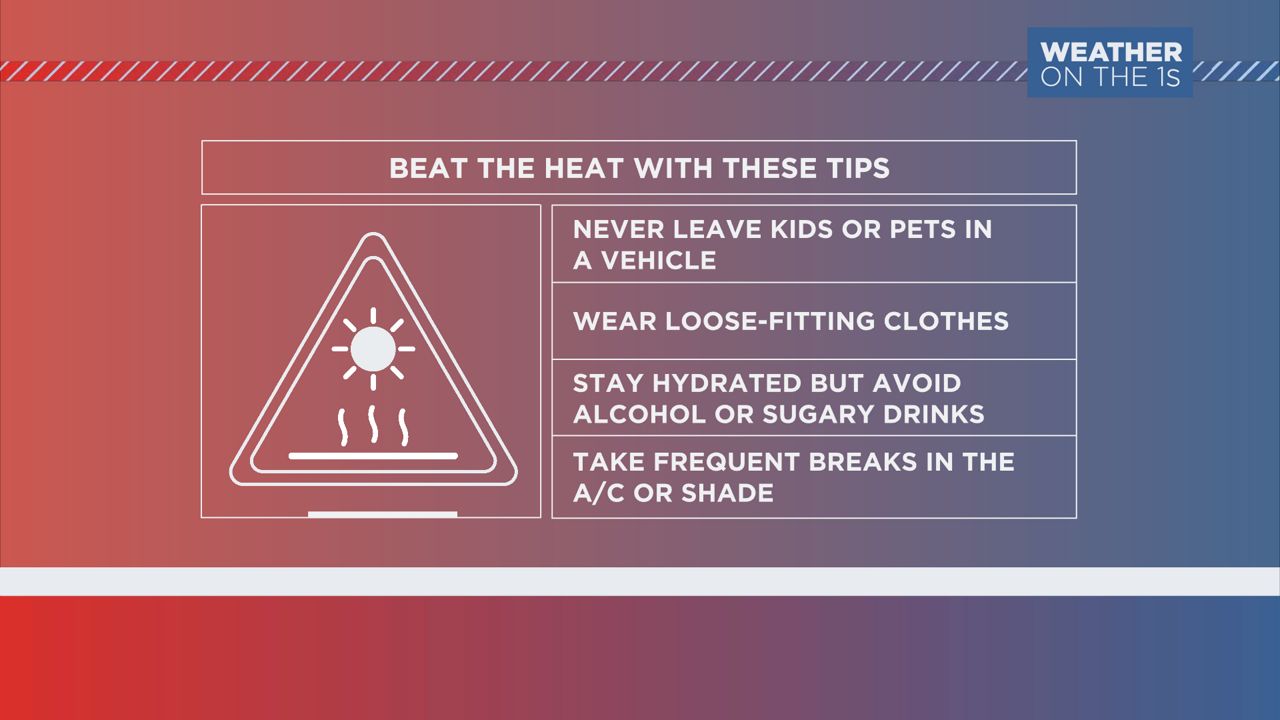It’s Severe Weather Awareness Week in the state of Florida and each day this week, Spectrum News is giving you tips on ways to stay safe as we work our way into the spring and summer months.
Today, we wrap up the week by discussing extreme heat and the threat of wildfires across the state.
It’s no surprise that, as we head into the spring and summer months, Florida sees their temperatures soar. And while we don’t tend to see temperatures go above 95 degrees like some across the country, it’s the added humidity that can make our heat especially dangerous.
Florida is surrounded by water on three sides of the state – the Gulf of Mexico, the Atlantic and the Florida Straits. That means the state sees lots of humidity during the spring and summer.
The added moisture to the air helps keep temperatures in check, generally below 90 degrees each afternoon. But the humidity can make it feel like it’s well past the century mark.
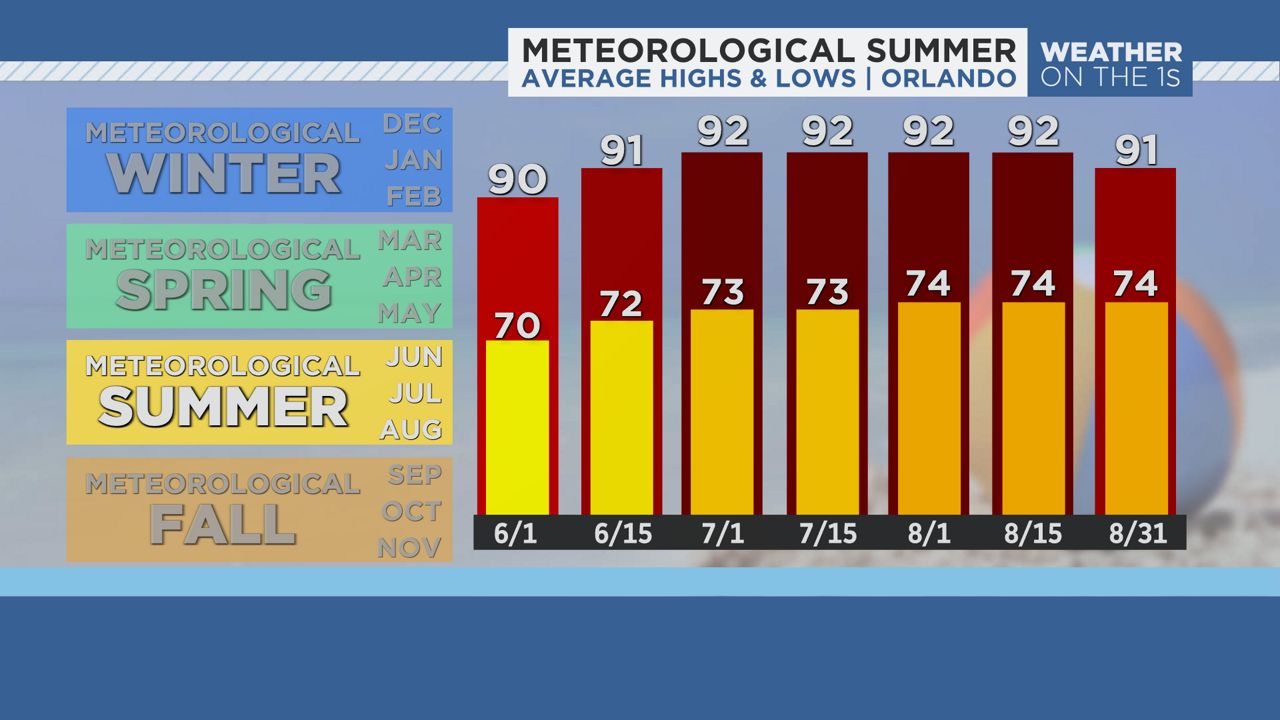
From June 1 to Aug. 31, our area averages daytime highs in the lower 90s with overnight lows in the low to mid-70s. But adding in humidity, especially from July to August, can make it feel more like 100-105 degrees on any given afternoon.
That extreme heat and humidity, which can last for several hours, can cause heat stress, exhaustion or even heat stroke.
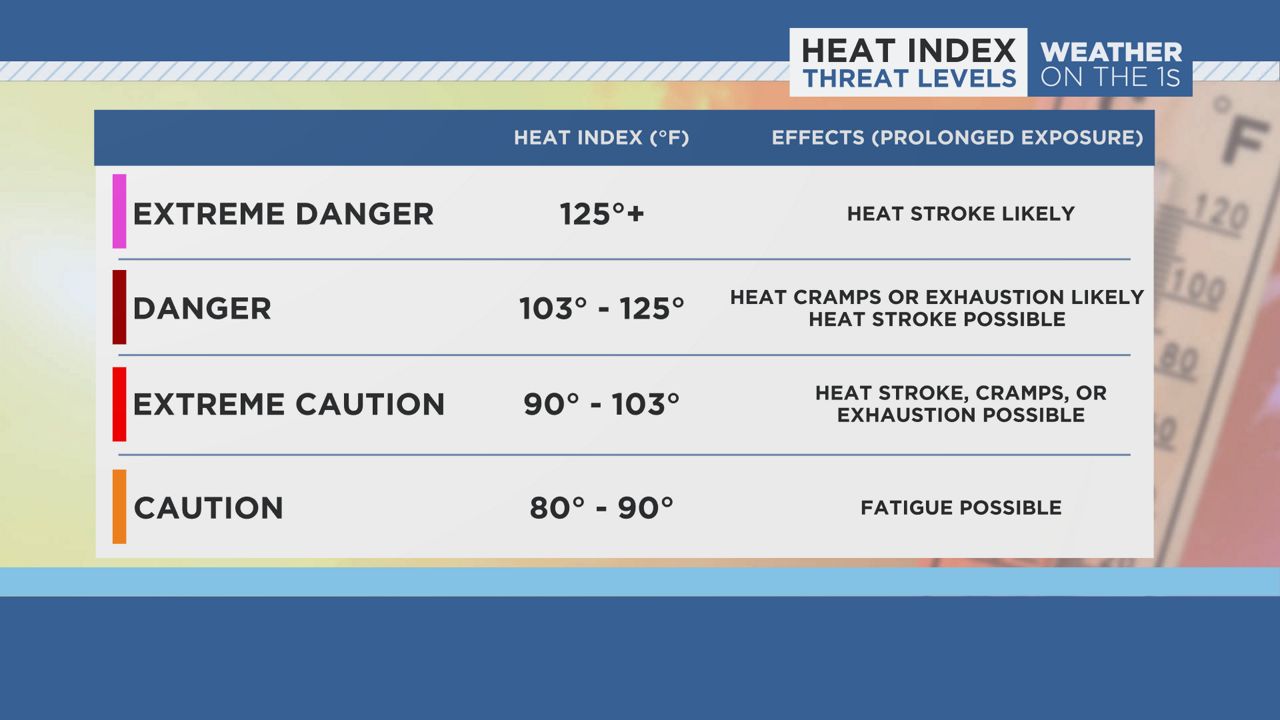
It’s important to keep your body cool during these warm days. Wearing light-fitted, light-colored clothing items will help keep you cooler than wearing bulkier or darker clothes.
And remember to drink plenty of water. You may want to enjoy a sugary or alcoholic beverage or two poolside, but those beverages can dehydrate you quickly. So mix in some water every hour.
Hot car child deaths
Finally, it’s important to never leave a child or pet inside a car that is not running. Since 1998, 969 children have died because of pediatric vehicular heatstroke (PVH), all of which could have been prevented.
Last year, 29 children lost their lives after being left in a hot car – seven of which were in the state of Florida, which led the nation to this unfortunate statistic.
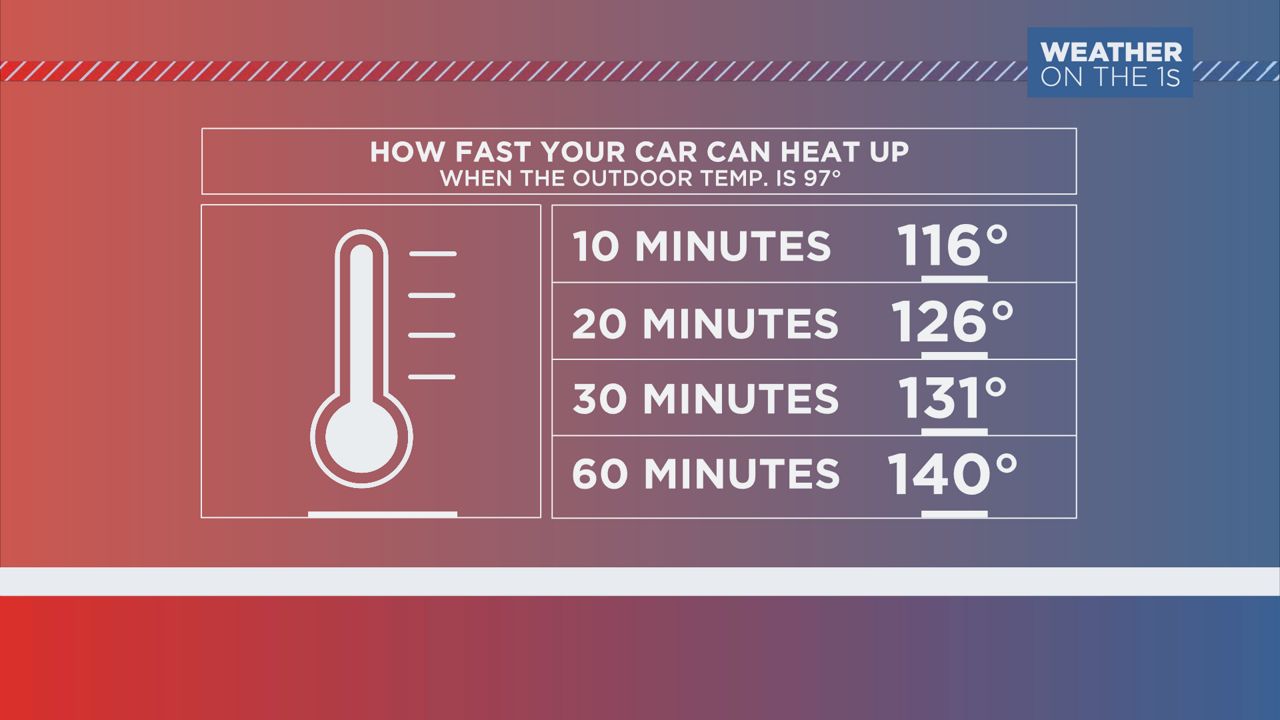
If you spot a child or pet left inside a hot car, do not wait to act. Call 911 immediately and if the child or pet looks unresponsive, get them out of the vehicle by any means necessary.
Wildfires: Not common, but dangerous
When you think about wildfires, your mind may be drawn to the massive wildfires in southern California during the late winter and early spring months. But we also deal with the threat of wildfires, and while they may be uncommon, they are just as dangerous as out west.
When a wildfire danger exists, you may hear your weather experts talk about one of three wildfire levels: Elevated, Critical and Extreme.
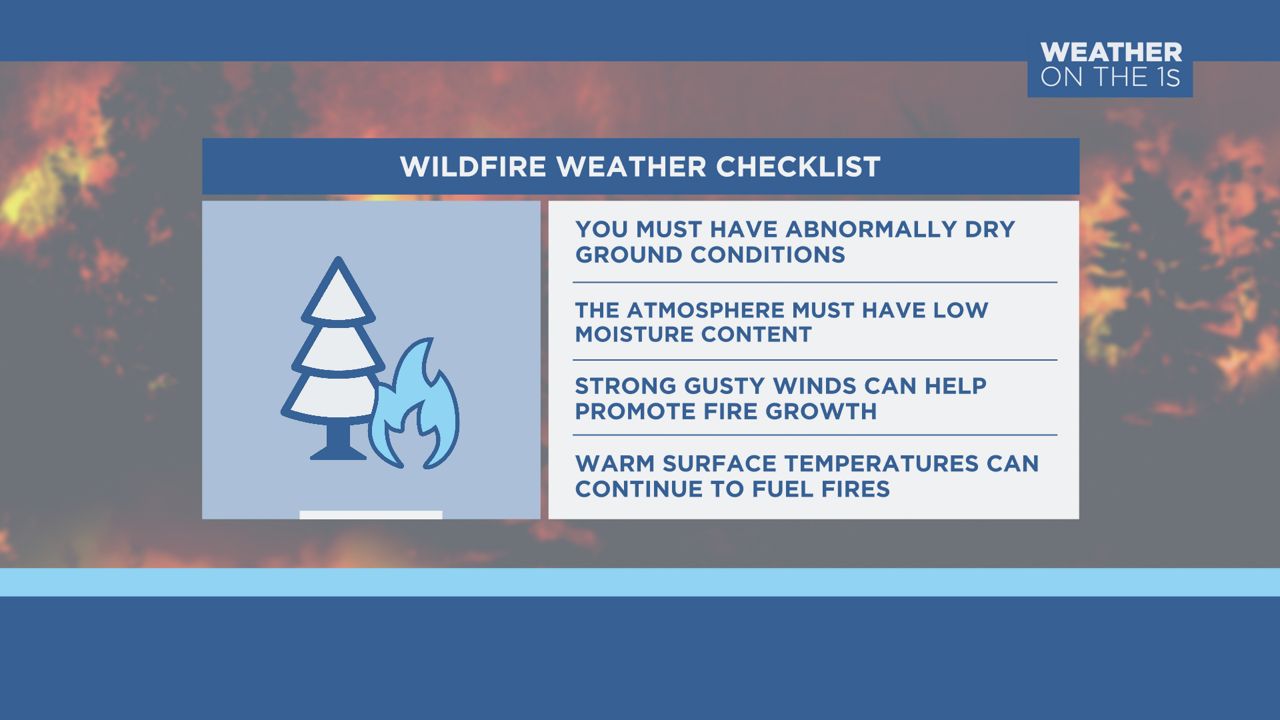
Elevated fire danger is the lowest level of the three and exists on days where dry and breezy weather could allow small brush or grass fires to develop. These fires could easily spread but are easy to control once spotted by fire personnel.
Critical fire danger is a step above, and can lead to fires getting out of control. These days will typically be accompanied by Red Flag Warnings or burn bans, encouraging residents not to burn on these days. Fires can become difficult to control because of very favorable fire spreading conditions.
Extreme fire danger is the highest threat level and is reserved for the biggest wildfire threats that could exist. Massive and uncontrollable wildfires could break out and spread quickly on these days. Fire Warnings, very rare alerts, will likely be issued on these days, and these fires can destroy hundred to thousands of acres of land in a day.
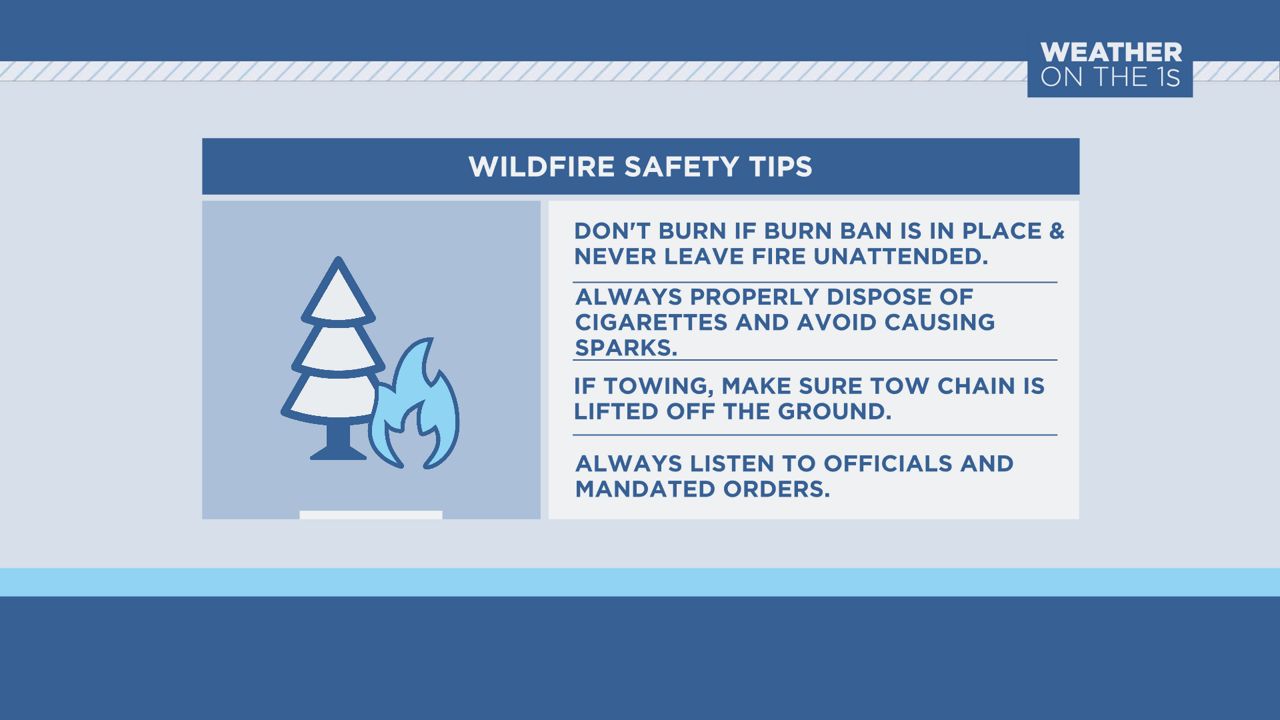
The state of Florida attempts to keep the wildfire danger threat low by frequently performing prescribed burns. These are fires started in specific areas by fire officials in order to burn off brush in a controlled way. This helps limit any wildfire spread in the future.
Florida’s wildfire season typically runs from late December through early April, but the risk of wildfires exists all year, especially when lightning strikes become more frequent during the summer.
Our team of meteorologists dives deep into the science of weather and breaks down timely weather data and information. To view more weather and climate stories, check out our weather blogs section.

